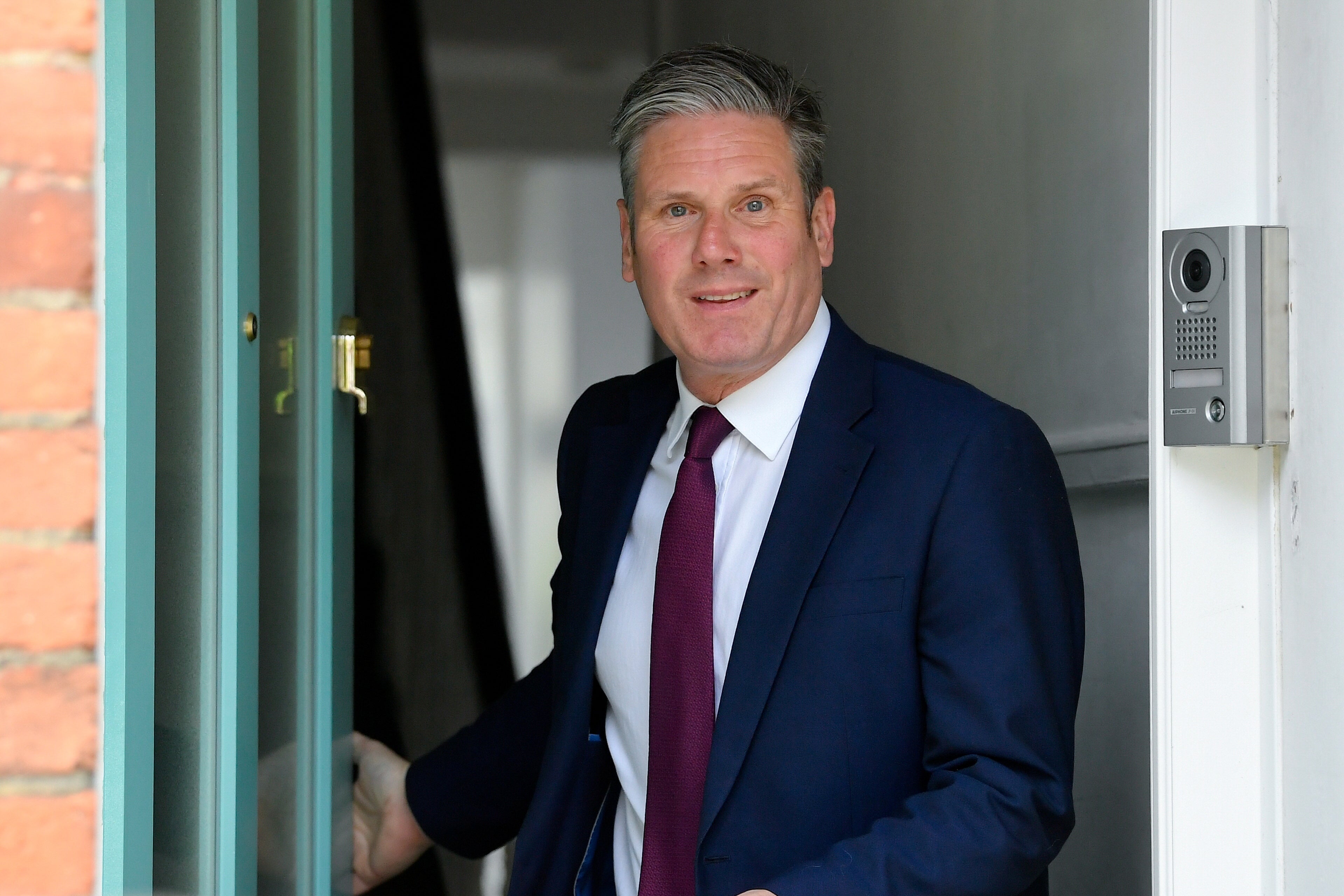Batley and Spen has offered Keir Starmer a reprieve – now he has to make clear what Labour stands for
Starmer will have to be busy this summer, writes Andrew Grice. He can now move onto the front foot, but there is a need to settle his party’s jitters


Keir Starmer has won a reprieve due to Labour’s unexpected victory in the Batley and Spen by-election. Kim Leadbeater’s personal triumph in the seat formerly held by her murdered sister Jo Cox will take the wind out of the sails of Starmer’s critics, and those so-called “colleagues” who are eyeing up his job.
They include Angela Rayner, Labour’s deputy leader, who is still sore about Starmer’s botched attempt to demote her in his disastrous May reshuffle. Rayner’s allies have been critical of Starmer and his operation. Although Labour was braced what one Starmer loyalist predicted would be “a very bumpy weekend”, talk of a formal leadership challenge will now fizzle out, so his internal critics should rally behind him.
Starmer has a window this summer to settle Labour’s jitters about his leadership and cannot afford to waste what could yet prove his last chance to do so. He plans a “listening exercise” and town hall meetings around the country now that social distancing rules are finally being eased. But talk will not be enough.
He must start to answer the crucial question of what Labour stands for. “The public simply don’t know what we are about,” one loyalist Labour MP admitted. “We have gone backwards since the turn of the year.” Indeed, in the 22 opinion polls taken in June, the Tories averaged 43 per cent and Labour 33 per cent, no improvement on its 2019 election result and five points lower than its January rating.
True, the vaccine rollout has boosted Boris Johnson's and his party’s ratings, but that’s not the whole story. Labour might mock Johnson’s vague pledges on “levelling up” and “Global Britain” but one Labour insider admitted to me: “They do cut through. The Tories stand for something.”
According to Ipsos Mori, only 30 per cent of people say it is very clear or fairly clear what Starmer stands for, while twice as many believe it is not very clear or not clear at all – including 41 per cent of Labour’s 2019 voters. In contrast, 52 per cent think it is clear what Johnson stands for, including 79 per cent of 2019 Conservative voters.
Only one in four people think Labour under Starmer would do a better job in government than the Tories. That is one figure Starmer urgently needs to increase. Even Labour leaders such as Neil Kinnock and Ed Miliband who did not win a general election were ahead in the polls and “won” local elections. After 11 years in office, the Tories are ahead in the polls and outgunned Labour at the May local elections. Their gain at the Hartlepool by-election remains a symbol of Starmer’s failure; Tory sources say Johnson has his eyes on another 20 to 25 red wall seats at the next general election.
Starmer likely want to provide what one ally called some “broad brush strokes” on policy in the next few months. Anneliese Dodds, the Labour chair, is drawing up a “policy roadmap” under the banner of “Stronger Together,” a nod to the public’s response to the pandemic and the need to preserve it. Rightly, Dodds’s starting point is not the status quo but what the dividing lines between Labour and the Tories will be at the election in 2023 or 2024.
The Labour leader is finding that delivering the unity he promised when he ran for the leadership is much harder than he thought. His left-wing critics complain that he is ditching Corbynism but his centrist critics moan he is not. He is arguably not in a strong enough position to provoke trouble from the left by dumping some of Jeremy Corbyn’s agenda at this point. If that happens, and it probably will, it will come closer to the election, using as cover the very different post-Covid landscape to that at the 2017 and 2019 elections.
Starmer, who has overhauled his inner circle of advisers, needs to be more agile and react more quickly to events. Although the Matt Hancock controversy probably inflicted some damage to the Tories in Batley and Spen, Labour MPs were surprised that Starmer himself was slow to respond to it.
An opposition leader needs to milk such opportunities. Johnson is in the voters’ faces almost every evening on the TV news bulletins. Starmer, who likes to think of himself as a midfield dynamo on the football pitch, needs more dynamism and tighter man-for-man marking on the political field.
Starmer will have to be busy this summer. Batley and Spen will allow him to move on to the front foot rather than merely fight to keep his job. But his reprieve might prove temporary. He will need to use the guaranteed media spotlight on Labour’s annual conference in September to maximum effect. Some critics are already muttering that the event is the deadline for him to demonstrate tangible progress or face a leadership challenge.
A more realistic timetable is this time next year, when Labour minds will turn to next year’s conference, as it would be the last before a 2023 election, and therefore the last moment to instal a new leader. I think Starmer can still prove his critics wrong, but he hasn’t got much time to do it.
Join our commenting forum
Join thought-provoking conversations, follow other Independent readers and see their replies
Comments